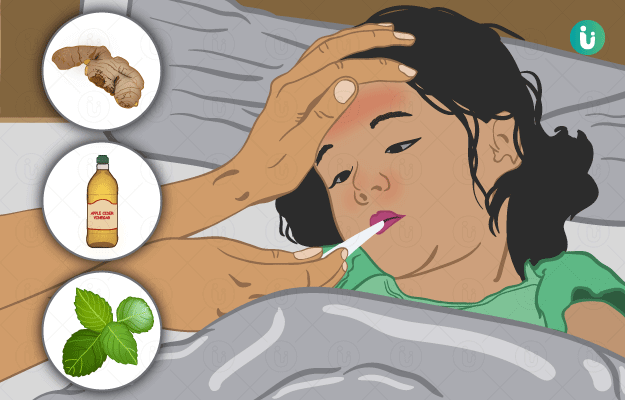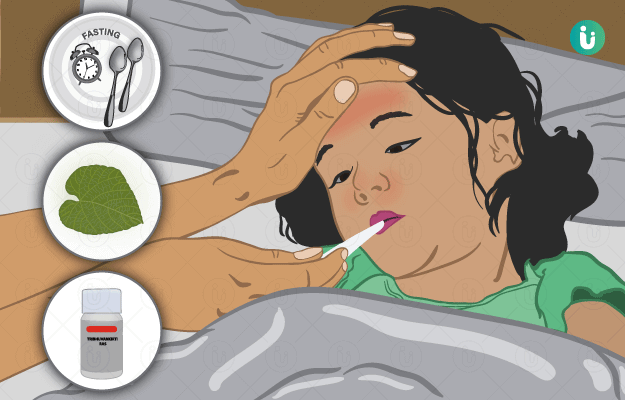Long goes the list of nutritious foods that you must eat to stay healthy during a fever, but what about the foods that you must avoid? Well, they also deserve a mention. So, here are all the foods that you must avoid during a fever:
Fast foods
Fast foods are a rich source of calories because of their preparation in trans fats but they serve no nutritional purpose. Consumption of fast foods may alter your gut microflora and lead to a severe manifestation of infections, further elevating your body temperature.
Deeply fried foods
While you run a fever, it is advisable to consume a light diet that is easier to digest. Eating deeply fried foods will add on excess calories, which will take longer to digest. This means that your body will require a greater effort for digestion of food and will be left with lesser energy stores to promote healing. So, it is better to stay away from deep fried foods.
Potato chips
Potato chips may be the most commonly consumed fried food item, so, they deserve a special mention. Munching on chips is bad for your fever symptoms as it will cause your throat to feel sore and dehydrated. Moreover, it has been ascertained that when potatoes are deeply fried, they develop compounds which may have pyretic and carcinogenic action.
Heavily non-vegetarian diet
Consuming chicken soup and broth is recommended during fever due to its nutritious contents and anti-inflammatory effects on the body. But, excessive consumption of an animal-based diet is highly inadvisable. Studies have found that a meat-based diet is commonly associated with a recurrent fever along with upper respiratory tract infection. So, if you commonly run a fever which presents with respiratory symptoms, it is best to stay away from excessive meat consumption, particularly processed and raw meats. A plant-based diet is more feasible during a fever.
Alcohol
Needless to say, it is not a great idea to consume alcohol when you are running a fever. Alcohol consumption may potentiate your symptoms and cause your body temperature to rise.
Eating at unhygienic joints
While you run a fever, it is even more essential to take care of what you eat. Eating at unhygienic restaurants and consuming street side foods introduces microorganisms to your gut, which worsens fever symptoms.





















